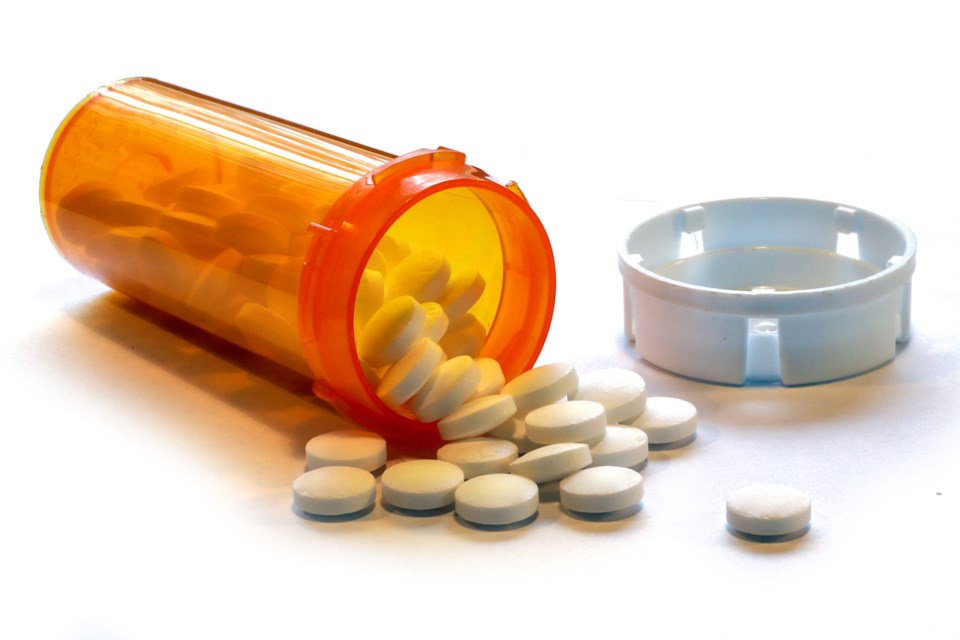It’s estimated that one in seven patients in Ontario receive prescriptions for opioids, totalling nine million prescriptions dispensed in 2015-16.
On Friday pharmacists across Ontario mark International Overdose Awareness Day reminding patients to speak to their pharmacist if they are taking pain medication.
“As the medication experts on a patient's healthcare team, pharmacists play a critical role in managing a patient's overall health,” says Mike Cavanagh, Chair of the Board of Directors for the Ontario Pharmacists Association in a news release.
Part of that effort is the patch for patch program.
See: Fentanyl Patch 4 Patch Return Policy now in effect
A local event, jointly organized by the AIDS Committee of North Bay & Area, Community Counselling Centre of Nipissing, the North Bay Parry Sound District Health Unit and the North Bay Drug Strategy, will include a gathering at North Bay City Hall at 1 p.m. The goal of the event is to raise overdose awareness and reduce the stigma of drug-related death by realizing that an overdose can affect anyone.
Used to treat pain, prescription opioids come in different forms including pills, patches and liquid. Common opioid medications include codeine, morphine, tramadol, oxycodone, fentanyl and methadone.
When used as prescribed, opioids can be an effective option for treating short-term pain of moderate to severe intensity stemming from surgery or injury as well as in the treatment of some forms of chronic pain or for severe coughs.
If not used as directed, opioids may lead to addiction and overdose.
“Chronic pain is never black and white, making its management challenging. It is therefore imperative that prescribers and pharmacists work side by side to ensure collaborative decisions can be made that are in the best interest of the patients,” says Cavanagh. “Rational and controlled prescribing and dispensing of opioids are absolutely essential and must be looked at together.”
Patients are at higher risk of an overdose if they:
- Take opioids with certain other medications.
- Take opioids with alcohol.
- Have had a previous overdose.
- Take opioids for the first time.
- Have been off long-acting opioids for more than two to three days and are restarting.
- Switch to a different opioid.
- Have liver, kidney or lung disease.
Know the signs
It’s important to note that an overdose can occur anywhere from 20 minutes to two full hours after drug use. Signs of an overdose include:
- Face is clammy to touch and has lost colour.
- Blue lips and fingertips.
- Non-responsive to his/her name or a firm sternum rub using the knuckles.
- Slow or erratic breathing, or no breathing at all.
- Deep snoring or a gurgling sound (i.e., what would be described as a “death rattle”).
- Heartbeat is slow or has stopped.
If you think you are witnessing an overdose, immediately call 911.



